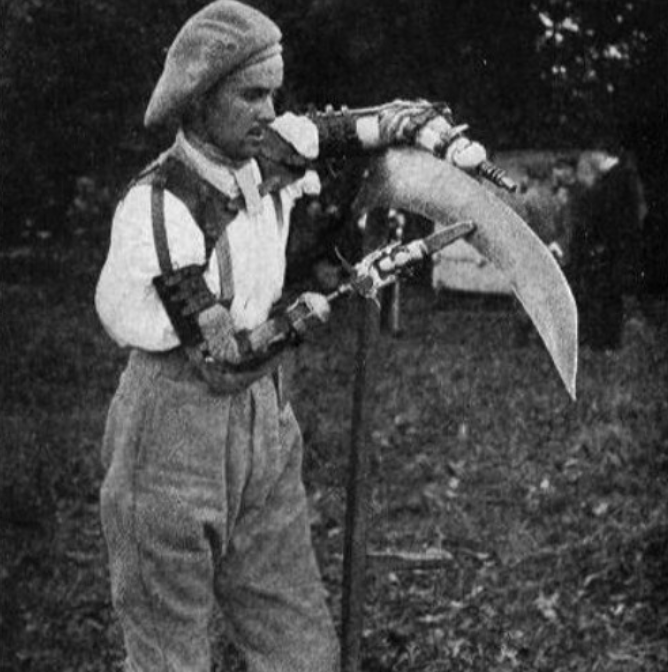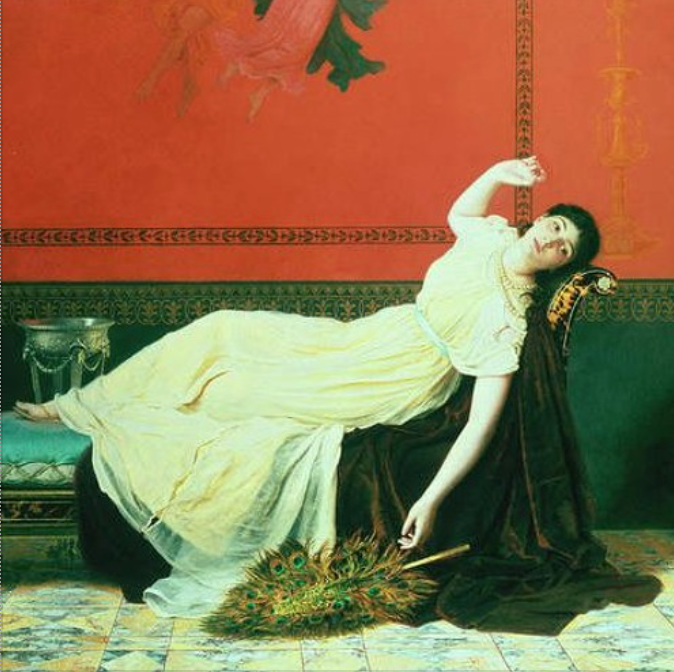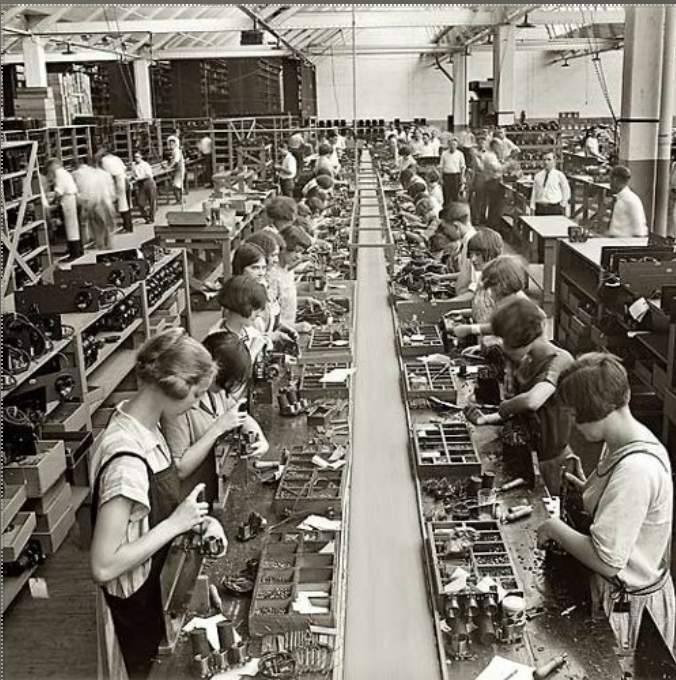While work conditions have changed radically in the past century, from the spaces where labour takes place to the nature of the labour itself, to the technical apparatuses employed to increase productivity; the premises of work have remained the same. Scientific management and Taylorism despite their troubling reputation have managed to find their way through workplaces and homes leaking into architecture, how-to tutorials, task manuals and workflows. The efficiency imperative is seeping into bodies through the environments we inhabit —our ergonomic interiors, our digital interfaces, our time management apps.
Ergonomics is the “fit” between human capacity, spatial configuration and time management. While ergonomics aims to increase productivity, it becomes a limit function of bodies under capitalism supported by technological and architectural prostheses. From capitalist realism to domestic realism, architecture has played a major role in the standardization of work as well as in the engulfing of time dedicated to labour by developing comfortable, yet efficient ergonomic work and domestic interiors.
The research departs from ergonomics and is organized around three architectural devices —the boudoir, the office desk and the couch as examples of architecture functioning as the spatial organization of exhaustion. The project asks how does labour affect our notions of value, our interpersonal relationships, our bodies and our collective forms of consciousness?
Within a six-part audio piece the research weaves labour theory, architectural history with excerpts from films and pop music. The project unpacks the relation of ergonomics to military, histories of gendered labour, the labour of love, modern work cults, work/life hybridization and the genealogy of unwillingness/resistance to work. The six mediations pay tribute to, sing about, reflect on, whine about work, the time we spend doing it, the invisible porous boundaries between work and leisure, the guilty pleasures we derive from it and everything in between.





